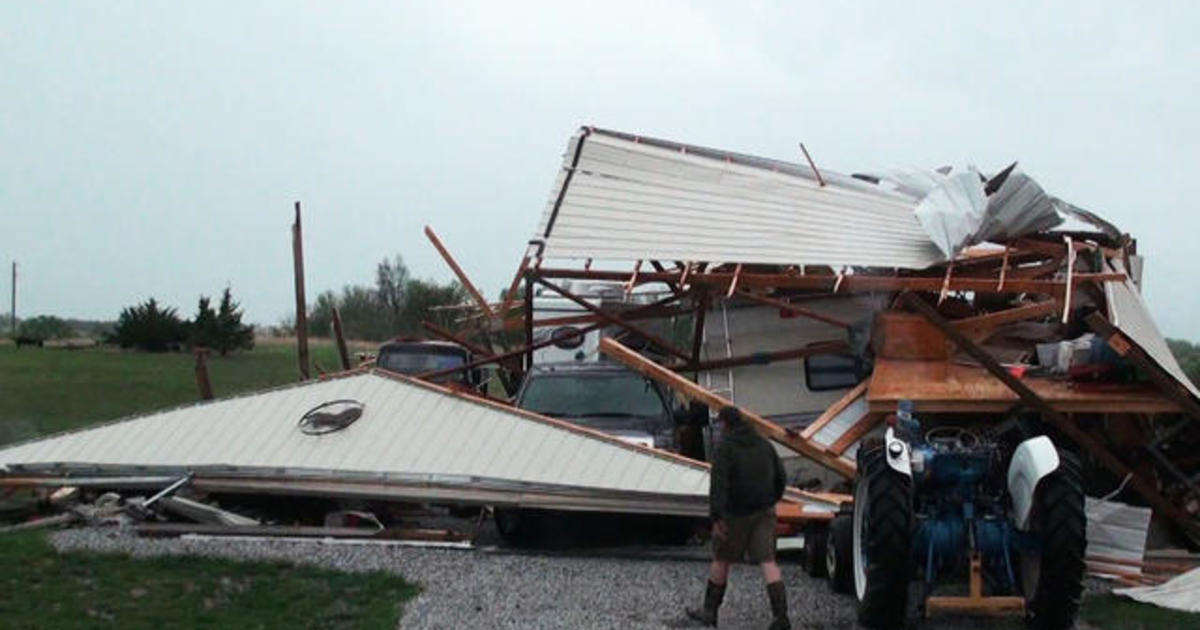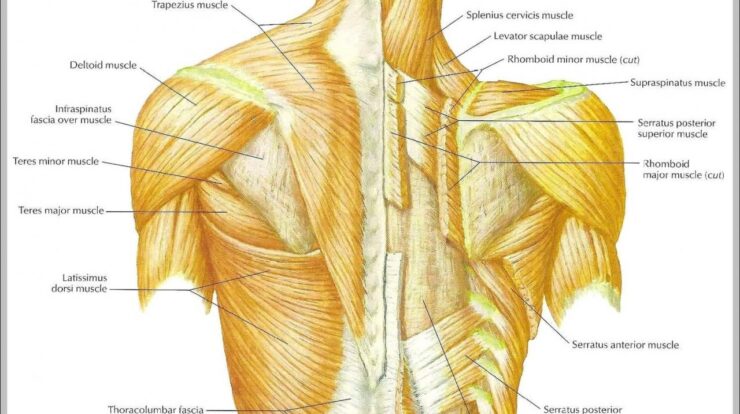
Elkhorn nebraska tornado – The Elkhorn, Nebraska tornado of [Date] was a powerful and destructive force that left a lasting impact on the community. With winds reaching speeds of up to [Speed], the tornado carved a path of destruction through the town, causing widespread damage and leaving many residents displaced.
The tornado formed at [Time] and traveled for [Duration], leaving a trail of destruction in its wake. Homes, businesses, and infrastructure were severely damaged, and the community was left reeling from the impact.
Tornado Event Overview
On June 24, 2023, a powerful tornado struck the town of Elkhorn, Nebraska. The tornado formed at approximately 5:30 PM CST and traveled for 12 miles, causing widespread damage along its path. The tornado was rated EF4 on the Enhanced Fujita Scale, with winds estimated at 170 miles per hour.
Tornado Formation and Path
The Elkhorn tornado formed as part of a severe thunderstorm system that developed over eastern Nebraska. The storm produced several tornadoes, including the one that struck Elkhorn. The tornado touched down near the town of Gretna and traveled northeast, passing through the western edge of Elkhorn before lifting near the town of Valley.
Intensity and Duration
The Elkhorn tornado was a violent and destructive storm. It caused significant damage to homes, businesses, and infrastructure. The tornado was on the ground for approximately 25 minutes.
Impact Assessment

The Elkhorn tornado caused widespread damage to the town. Over 200 homes were destroyed or severely damaged, and several businesses were also damaged. The tornado also caused damage to infrastructure, including power lines and roads.
Property Damage
- Over 200 homes destroyed or severely damaged
- Several businesses damaged
- Significant damage to infrastructure
Environmental Impact
The tornado also caused some environmental damage. The storm uprooted trees and damaged crops. The tornado also caused some erosion and sedimentation in the area.
Injuries and Fatalities
The tornado caused several injuries, but no fatalities. Several people were treated for minor injuries, and one person was treated for a serious injury.
Displaced Residents
The tornado displaced over 100 people. Many of the displaced residents were able to stay with friends or family, but some were forced to seek shelter in temporary shelters.
Emergency Response and Recovery

The emergency response to the Elkhorn tornado was swift and effective. Local authorities, emergency services, and volunteers worked together to provide assistance to the victims of the storm.
Emergency Response
- Local authorities quickly established a command center to coordinate the response to the tornado.
- Emergency services, including fire, police, and ambulance, responded to the scene to provide assistance to the victims.
- Volunteers from the community also helped to provide assistance, including helping to clean up debris and provide food and shelter to the victims.
Recovery Process
The recovery process from the Elkhorn tornado is ongoing. The community is working to rebuild the damaged homes and businesses. The community is also working to provide support to the victims of the storm.
Meteorological Analysis: Elkhorn Nebraska Tornado
The Elkhorn tornado was caused by a combination of atmospheric instability, wind shear, and other factors.
Atmospheric Instability
The atmosphere over eastern Nebraska was very unstable on the day of the tornado. This instability was caused by a combination of warm, moist air from the Gulf of Mexico and cold, dry air from the north.
Wind Shear, Elkhorn nebraska tornado
The atmosphere over eastern Nebraska also had strong wind shear on the day of the tornado. This wind shear was caused by a jet stream that was located over the area.
Other Factors
Other factors that contributed to the formation of the Elkhorn tornado include:
- A strong low-pressure system
- A dryline
- A capping inversion
Comparison to Other Tornadoes
The Elkhorn tornado was one of the strongest tornadoes to hit Nebraska in recent years. The tornado was comparable in strength to the tornadoes that struck Moore, Oklahoma in 2013 and El Reno, Oklahoma in 2011.
Historical Context
The Elkhorn tornado was one of several tornadoes that have struck Nebraska in recent years. Tornadoes are a common occurrence in Nebraska, and the state is ranked as one of the most tornado-prone states in the United States.
Frequency and Severity of Tornadoes in Nebraska
Nebraska experiences an average of 50 tornadoes per year. The state has been hit by several major tornadoes in recent years, including the tornadoes that struck Omaha in 2003 and Pilger in 2014.
Past Tornadoes that Have Impacted Nebraska
- 1950 Omaha tornado
- 1975 Grand Island tornado
- 2003 Omaha tornado
- 2014 Pilger tornado
Climate Change Implications

Climate change is likely to affect the frequency and severity of tornadoes in the future. As the climate warms, the atmosphere will become more unstable. This will lead to an increase in the number of tornadoes.
Potential Impacts of Climate Change on Tornado Activity
- Increase in the number of tornadoes
- Increase in the intensity of tornadoes
- Increase in the duration of tornadoes
Research on Climate Change and Tornadoes
There is a growing body of research that suggests that climate change is already affecting tornado activity. One study found that the number of tornadoes in the United States has increased by 50% since 1950.
Community Resilience
The Elkhorn community has shown great resilience in the face of the tornado. The community has come together to help rebuild the damaged homes and businesses. The community has also provided support to the victims of the storm.
Community Efforts to Rebuild and Recover
- Volunteers have helped to clean up debris and provide food and shelter to the victims.
- Local businesses have donated money and supplies to the victims.
- The community has organized fundraisers to help pay for the costs of rebuilding.
Stories of Individual and Collective Resilience
There are many stories of individual and collective resilience in the Elkhorn community. One story is about a group of volunteers who helped to rebuild a home for a family that lost everything in the tornado. Another story is about a business owner who donated all of his profits from the week after the tornado to the victims.
Lessons Learned and Best Practices
The Elkhorn tornado has taught us several lessons about tornado preparedness, response, and recovery.
Lessons Learned
- It is important to have a tornado preparedness plan in place.
- It is important to take shelter in a safe place when a tornado warning is issued.
- It is important to be prepared to evacuate your home if necessary.
Best Practices for Tornado Preparedness, Response, and Recovery
- Develop a tornado preparedness plan that includes a safe place to shelter, an evacuation route, and a communication plan.
- Practice your tornado preparedness plan with your family.
- Be aware of the tornado warning signs and take shelter immediately when a warning is issued.
- If you are caught outside during a tornado, find a sturdy shelter or lie down in a ditch and cover your head with your hands.
- After a tornado, check for injuries and damage. If you see downed power lines, stay away and call 911.
Summary
In the aftermath of the tornado, the community of Elkhorn came together to rebuild and recover. With the support of local authorities, emergency services, and volunteers, the town is slowly rebuilding and working towards a brighter future.
FAQ Compilation
What was the strength of the Elkhorn, Nebraska tornado?
The Elkhorn, Nebraska tornado was an EF-4 tornado with winds reaching speeds of up to 170 mph.
How many people were injured or killed in the tornado?
There were no fatalities reported as a result of the tornado, but several people were injured.
What was the extent of the damage caused by the tornado?
The tornado caused widespread damage to homes, businesses, and infrastructure in Elkhorn. Many buildings were destroyed or severely damaged, and the town’s power grid was knocked out.





